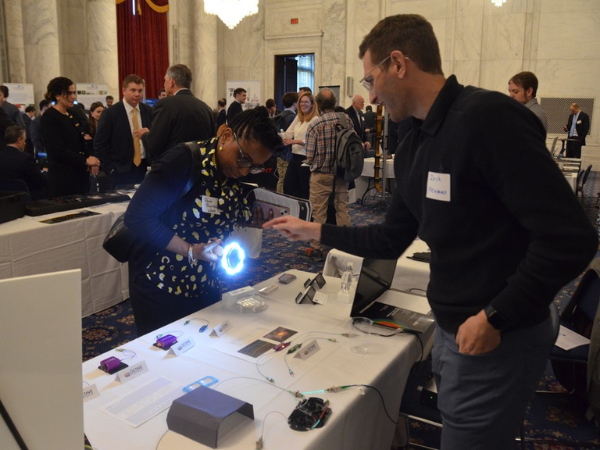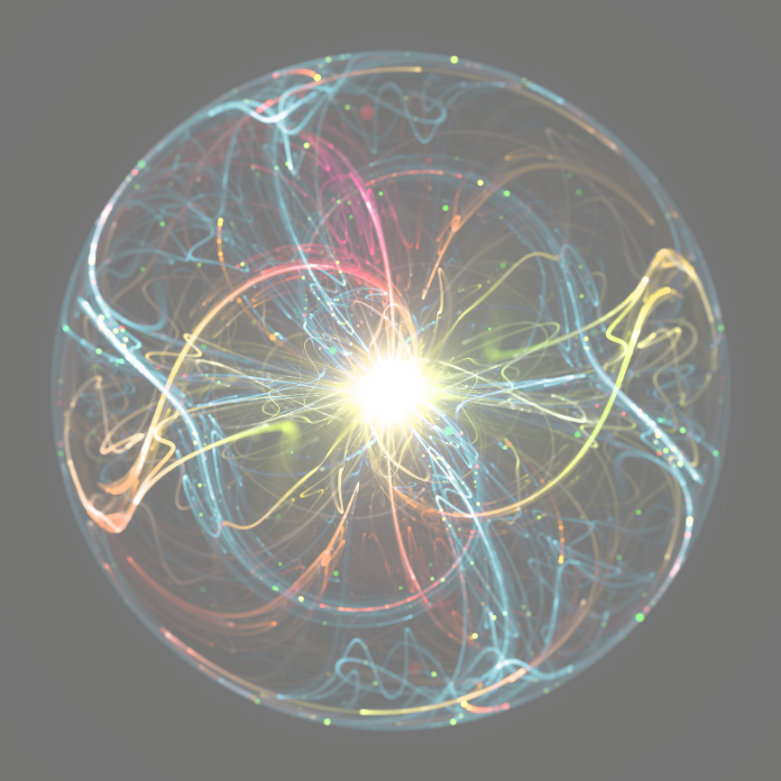Photonic Integrated Circuits (PICs) and opto-electronic integration are critical to enable and advance quantum systems. Optimized for quantum technologies, PICs would equip those technologies with new capabilities; improve performance; and reduce their size, weight, power and cost (SWaP-C), and thereby accelerate the market for emerging quantum products.





